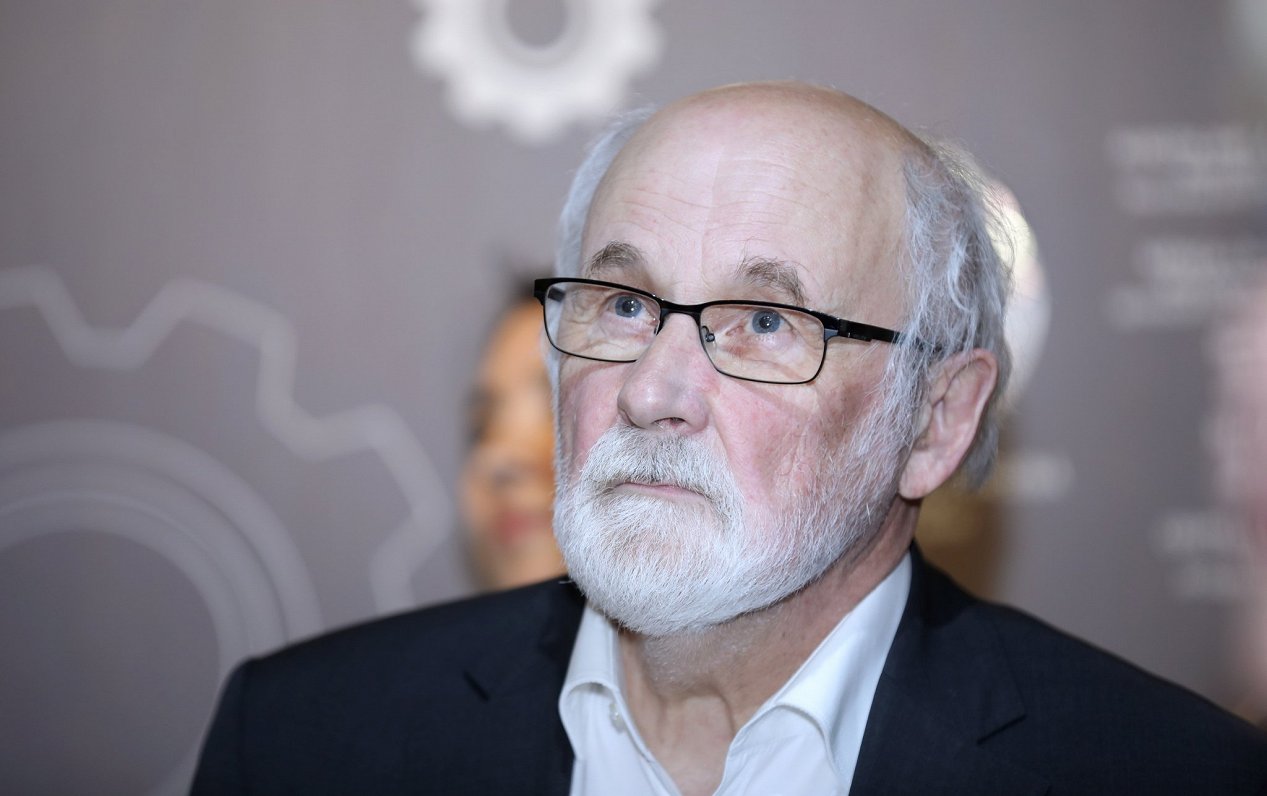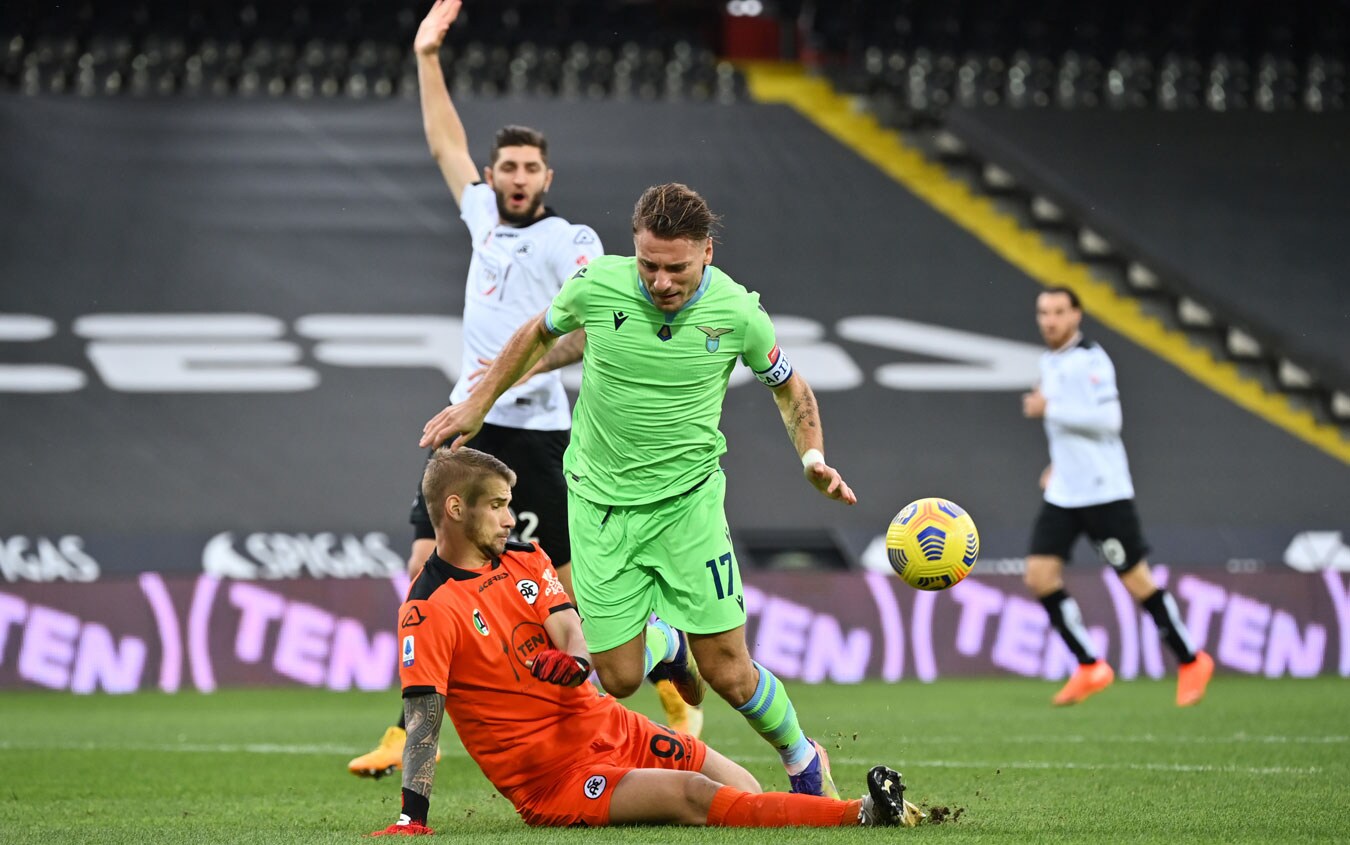Round, rectangular, other-shaped coins with embedded amber or stone – they reflect our history, culture, traditions and universal values. The coin scenes of the Bank of Latvia’s collection are so different. What is the work on coin design and how 30 years ago Latvia became known to the world with initially more reckless ideas as a country where interesting coins are made – a conversation with the Bank of Latvia’s art consultant, one of the most outstanding Latvian poster artists and designers Laimoni Šēnbergs. He has chaired the Coin Design Commission since 1993 and has created graphic designs for 20 coins.
Ilze Dobele: What are the main themes in the design of collection coins?
Laimonis Šēnbergs: Starting this work almost 30 years ago, a coin design commission was set up. Initially, it was called a coin plot commission. Two of the basic principles developed at that time were: coins only have stories that are important to us, and each coin must have an artistic value. On the coins, we tell about our values, history, culture, traditions and universal values, including current events. We make four, five, even six coins a year, and we discuss each story in the commission. Therefore, it is important to choose scenes that can be successfully visualized, taking into account the specifics of coinage.
Most often, the coin has the shape of a disc, but both in the history of money and coins of the Latvian collection, there are other shapes, such as a rectangle depicting Janis Rozentāls’ painting “Princess with a Monkey”, or an irregular shape like “Honey Coin” and others.
The basic shape of the coin is still round, and looking for someone else is not an end in itself.
This is important if the coin author finds another more suitable form for his idea. One of the last coins is an ecological coin, minted like a linden leaf
These coins are not designed as a means of payment, but they certainly have an important point of reference, which is the most important in their design. What is it like?
Formally, in every country that issues such a collection of coins, they are also means of payment, but of course, with a face value of five euros, people have never gone to the store, as their value is even ten times higher.
The difference from circulation coins would be that artists here have a much greater opportunity to apply other techniques, they can develop creatively.
The minting of these coins is handmade in mints with the help of appropriate techniques. Many of these coins have a larger format than circulation coins, but basically there is an idea.
The coin design commission discusses and approves the stories, and attracts artists for their implementation in a closed competition. Then the plastic form of the coin is created and a mint is searched for, whose coin is minted. The Bank of Latvia has co-operated with all major European mints. However, there is a coin whose story could be submitted in an open competition.
The first such coin was the Millennium coin in the form of a button. In this competition, anyone could submit their own, original idea. We were offered to mint it by the British Mint, with which we had a very good cooperation in the past, minting the coins of the Riga eighth century program. We were the only ones on the East to be invited to participate in the Millennium Program. The rules required that this coin be different. This is how the “Button” came into being, which was highly valued in world competitions.
Latvia received the first international recognition for the coin created in 1997, and since 2001 it has been awarded annually. What is valued in coins made in Latvia?
That’s how it is. We ourselves have been surprised that we have received recognition every year and even several recognition one year. Last year, for the second time, our coin was recognized as the best coin in the world. From the very beginning, we had the condition that each coin must have an artistic value.
Knowing the abilities of our artists, we were convinced that we could create something different, something our own.
Maybe it was even good that we started it from scratch without knowing much about how coins are made, and maybe that’s why we offered each other a reckless and unprecedented idea, which, as it turns out, can be realized. This is how the world recognized us as coin issuers with a variety of interesting coins. There has always been interest in them, and we have kept that bar.
Not only have you been present at work on each new coin, but you have also designed 20 coins for the collection. What has been the biggest challenge in this job?
Really 20? The challenge is to make each coin. Each has its own idea with which to reveal a certain theme, and then the artistic work follows. The first was a series of coins dedicated to the eighth anniversary of Riga, with eight coins for each century. It was the first solution of its kind. We also proposed a new coinage technique, which had not been used before with frosting. That was 20 years ago, now these two and three grade frosting is a common thing. In co-operation with the Mint of Finland, a coin with amber and stone was made, which is embedded there. Hardly any coin in the world is designed this way.
–
Highlight text and press Ctrl+Enterto send the text to be edited!
Highlight text and press Report a bug buttons to send the text to be edited!
–
–

![Paw Patrol: Kosmopieski save the Bay of Adventure – review and opinion about the game [PS4, XOne, NS, PC] Paw Patrol: Kosmopieski save the Bay of Adventure – review and opinion about the game [PS4, XOne, NS, PC]](https://img.ppe.pl/upload/articles/17/67/47/1200/628/1767475691.jpg)
